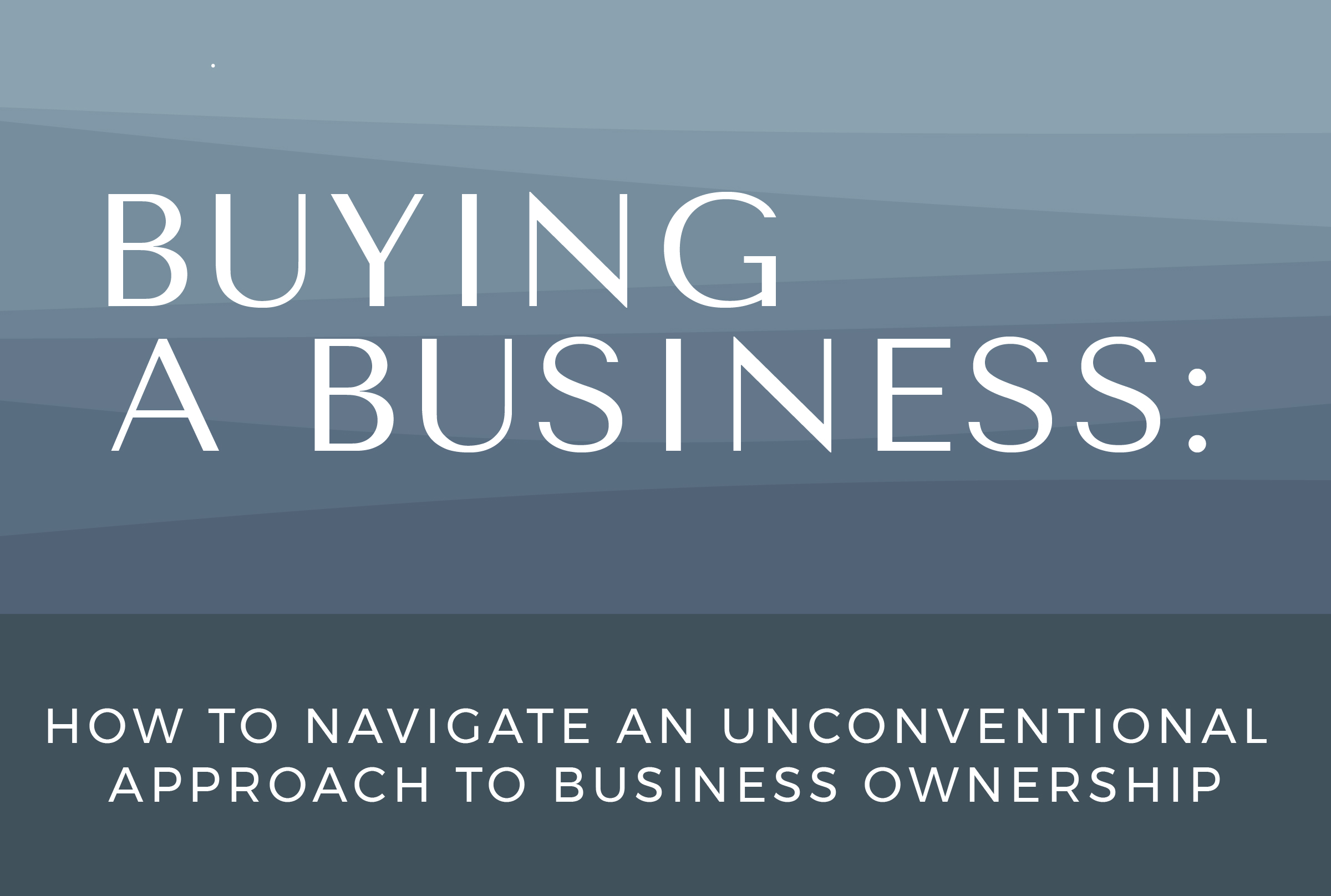
Buying a Business: How to navigate an unconventional approach to business ownership
Inspired by this month’s featured episode of the Moms Making Six Figures Podcast where I sat down with Gretchen McCants –a young, powerful and up and coming business owner making her mark on the beauty industry through the acquisition of an existing powerhouse in the world of lashes. In out interview, Gretchen shares candidly about the lessons she’s learned along the way, including the importance of showing up as herself and shaping the brand to be a reflection the culture she wanted to establish.
If you’ve ever considered buying a business, we’ve compiled a few winning strategies and things to consider before you jump into the deep end of the pool.
__________________________________________________________________________________________
Get your processes in a row.
Gretchen took over a thriving business and with the business came the incredible gift of mentorship by the previous CEO throughout the transition. The extra bonus? The CEO’s administrative assistant who has stayed on with Gretchen providing invaluable insights to systems & processes.
- Before you purchase a business, determine which processes and systems are already established.
- Ask for those to be documented.
- Of course, you can also negotiate the training of these same systems and processes, but that can get tricky when you’re building your dream team. (See the next topic: Get your dream team)
- Determine –in advance— which processes need refined or that you would like to make your own.
Get your dream team.
Countless CEOs, managers, and business owners will tell you the adage, “fire fast, hire slow” because it is true and absolutely vital to ensuring you build your dream team. The reality is that this advice put into action is incredibly difficulty—especially if you don’t have established business chops.
Eric Sui, investor, founder and advisor to companies, describes it like this:
I didn’t want to hurt their families or put them in a bind. The fact that we had to shift our business model meant to some people were no longer relevant to the company. My mistake? Trying to keep employees and shift them into new roles. What I didn’t understand was that I was actually doing them a huge disservice because I moved them to a role that wasn’t related to their core competency. Magnify that with a lack of training and disinterest in the new role and the result is lower productivity and morale.
For Gretchen, someone who thrives on relationships, this meant hiring a management team first to help her do the necessary tasks she was shying away from.
- Fire fast (and if you can’t do it, hire someone who can). You aren’t doing an existing employee a favor by trying to shift their existing skill set into a new role or postponing the inevitable.
- Hire slow. Determine who you need on your team, what skills can be trained, and how you will need your team to function.
- We’re firm believers in hiring for character and training the skill, but where skill is a necessary pre-requisite make sure you don’t overlook red flags.
Get yourself out there.
Introduce yourself to customers, suppliers, and staff as you want them to see you and know you. While you’ve purchased an existing business, it’s important to establish your own culture, mission and goals that allow you to show up as yourself.
BDC, the bank for Canadian entrepreneurs offers this advice:
Ultimately, buying a new business and integrating it with your existing one is a complex exercise in change management. Don’t be surprised if people still have questions after a few months, or are resisting change. Your best ally to fight uncertainty and win people’s trust is to communicate often and ensure you’re being transparent, open and approachable.
For Gretchen this meant the initial loss of some clientele who no longer aligned with the brand—but in the long term, this decision has allowed her to make the business her own and to find and serve her ideal customer.
- Determine your culture, core values, mission and the processes that will bring those to life.
- Good things take time. Be willing to say the course and be an observer as you navigate this transition.
- Expect the unexpected. Nothing ever goes according to plan and change is inevitable. You set the tone for how your staff will adapt to (and embrace) what lies ahead.
Purchasing a business may seem daunting (and it certainly shouldn’t be entered into lightly) but this unconventional route to business ownership comes with incredible silver linings like an established customer base, easier financing, existing systems and processes, established employees and lower risk than starting a business from scratch. The take-away? You’re never too young or too inexperienced to acquire a business and make it your own so long as you have the willingness to learn and adapt, an ability to build your dream team, and the confidence to show up as yourself.


Post a comment:
You must be logged in to post a comment.